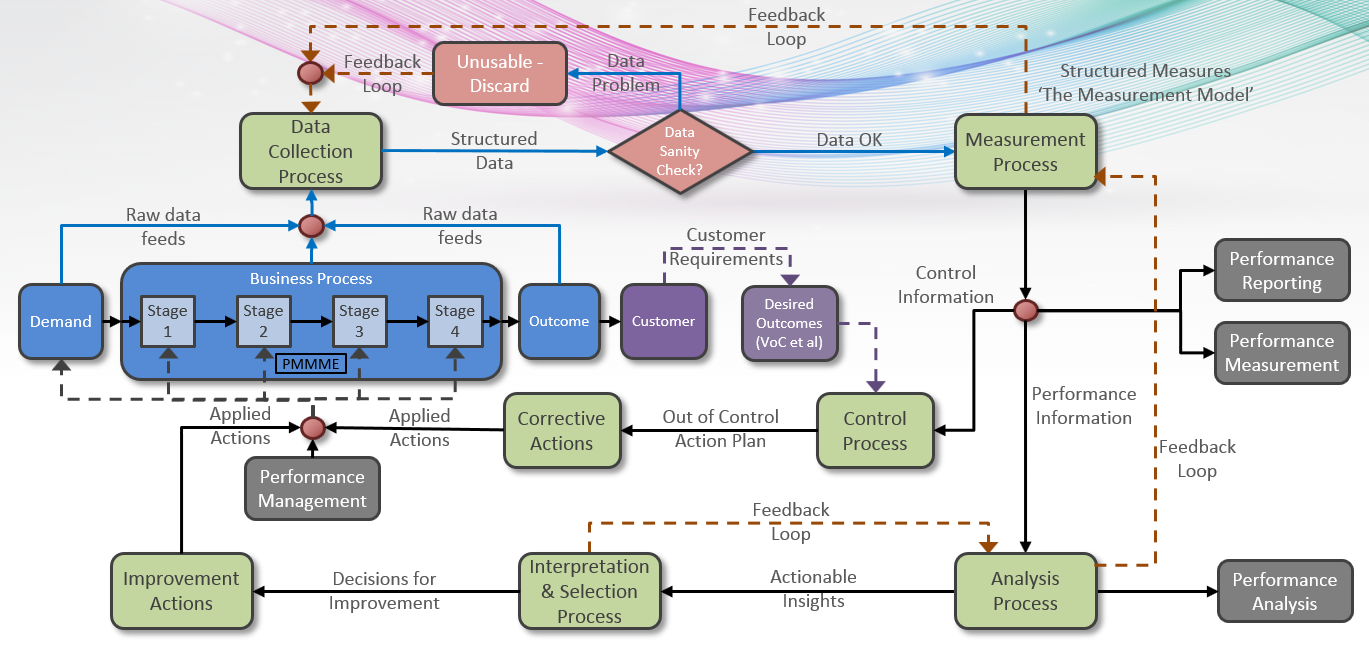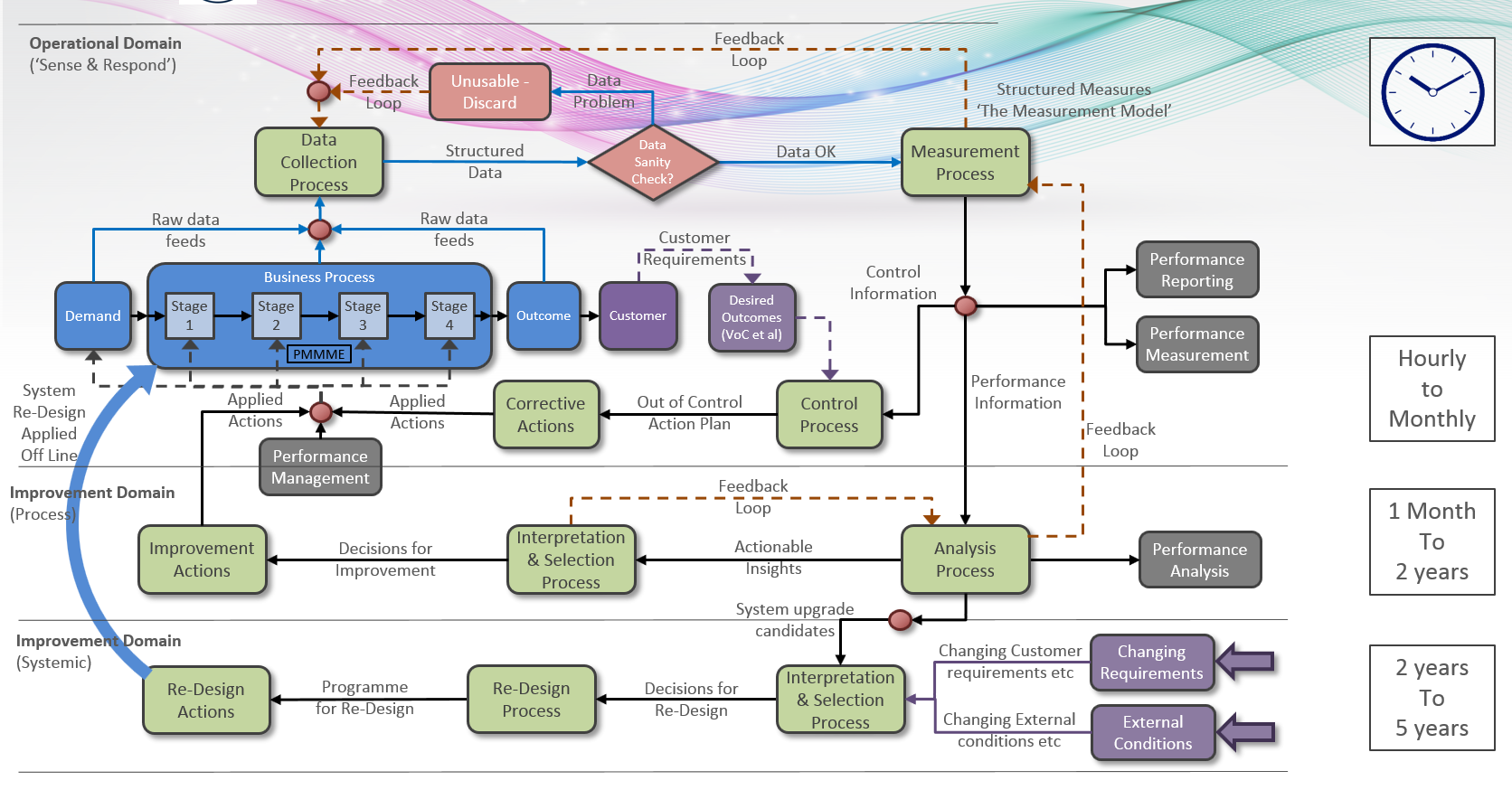Why Performance Reporting is NOT Performance Management! – Part 6/6
05/06/2017


Courtesy of Dilbert (Scott Adams 08 May 2008).
Does it seem like Performance Reporting is using numbers that you can’t understand, can’t work out where they came from or are just plain different from the numbers you have in your spreadsheet? This is just one of the issues with Performance Reporting where the numbers have been “managed to aid understanding” of course!
This is our final post on this topic (for now!). Over the past 5 posts, we introduced the idea that Performance Reporting is not Performance Management and started to examine 3 aspects of this little conundrum:
- How can we better understand what has happened in the past (in order to take more appropriate action going forward)
- What can we say about what is likely to happen going forward (with/without any intervention)
- What are the fundamental differences between Performance Reporting and Performance Management
We’ve looked at the first 2 bullets and we’ve started exploring the final bullet in some detail – What are the fundamental differences between Performance Reporting and Performance Management.
We pictured a Business Process (no matter whether private or public sector) showing the classic approach to Performance Reporting and Analysis that achieves little in actually improving the Business Process.
We then modified the picture, transforming the effectiveness and productivity of those involved in Performance Management. The new picture introduced a Measurement Process and associated Measurement Model feeding forward into Performance Measurement and Performance Analysis (as well as Reporting). From the Analysis we generated Actionable Insights to go into Interpretation and Selection for Improvement Decisions followed by Actions on the Business Process – along with Monitoring and back around the loop for Performance Analysis to decide if the Improvement Action is actually having the desired impact. Crucial Feed-back loops were also introduced.
Next we introduced the idea of managing performance in different timescales (see below) where, as well as the longer time-frame of Continuous Improvement, we introduced the shorter Sense & Respond (or Operational ) Timeframe – both feeding off the same Measurement Model (and therefore the same data) , but at different levels of aggregation in time.

When the short time-scale Sense & Respond loop and the medium time-scale Process Improvement loop are not recognised and considered separately, management interference can set in and turn things into a “buggers’ muddle”.
The final step that we’ll look at now that completes the picture delivering a coherent and integrated approach to Performance Measurement and Management is the longer Systemic Change / Requirements Change timeframe (see below).

This longer Systemic Improvement Domain takes into account Changing Requirements (such as changes made by HMIC/Home Office on Police, or changing military requirements over the period of a long Defence Systems project) as well as changing External Conditions (such as the shift from street crime to cybercrime, or new technology enabling self-driving cars etc.). These will be supplemented by longer-term “System Upgrade” candidates (e.g. the ability to change out Stages in the Business Process) fed from the same data as Sense & Respond and Process Improvement, but aggregated to longer time-scales , all feeding into an Interpretation & Selection Process. From here, Decisions on Re-design will be fed into a series of Programmes that will apply these changes to the Business System.
And finally, for clarity, the 3 Time-scales are shown indicatively on the right of the diagram as guidance on when these 3 Types of changes (Sense & Respond, Process Improvement, Systemic Improvement) occur.
And there you have it – a complete Performance Management System…..
Or you can just make the numbers up!
Categories & Tags:
Leave a comment on this post:
You might also like…
Keren Tuv: My Cranfield experience studying Renewable Energy
Hello, my name is Keren, I am from London, UK, and I am studying Renewable Energy MSc. My journey to discovering Cranfield University began when I first decided to return to academia to pursue ...
3D Metal Manufacturing in space: A look into the future
David Rico Sierra, Research Fellow in Additive Manufacturing, was recently involved in an exciting project to manufacture parts using 3D printers in space. Here he reflects on his time working with Airbus in Toulouse… ...
A Legacy of Courage: From India to Britain, Three Generations Find Their Home
My story begins with my grandfather, who plucked up the courage to travel aboard at the age of 22 and start a new life in the UK. I don’t think he would have thought that ...
Cranfield to JLR: mastering mechatronics for a dream career
My name is Jerin Tom, and in 2023 I graduated from Cranfield with an MSc in Automotive Mechatronics. Originally from India, I've always been fascinated by the world of automobiles. Why Cranfield and the ...
Bringing the vision of advanced air mobility closer to reality
Experts at Cranfield University led by Professor Antonios Tsourdos, Head of the Autonomous and Cyber-Physical Systems Centre, are part of the Air Mobility Ecosystem Consortium (AMEC), which aims to demonstrate the commercial and operational ...
Using grey literature in your research: A short guide
As you research and write your thesis, you might come across, or be looking for, ‘grey literature’. This is quite simply material that is either unpublished, or published but not in a commercial form. Types ...






